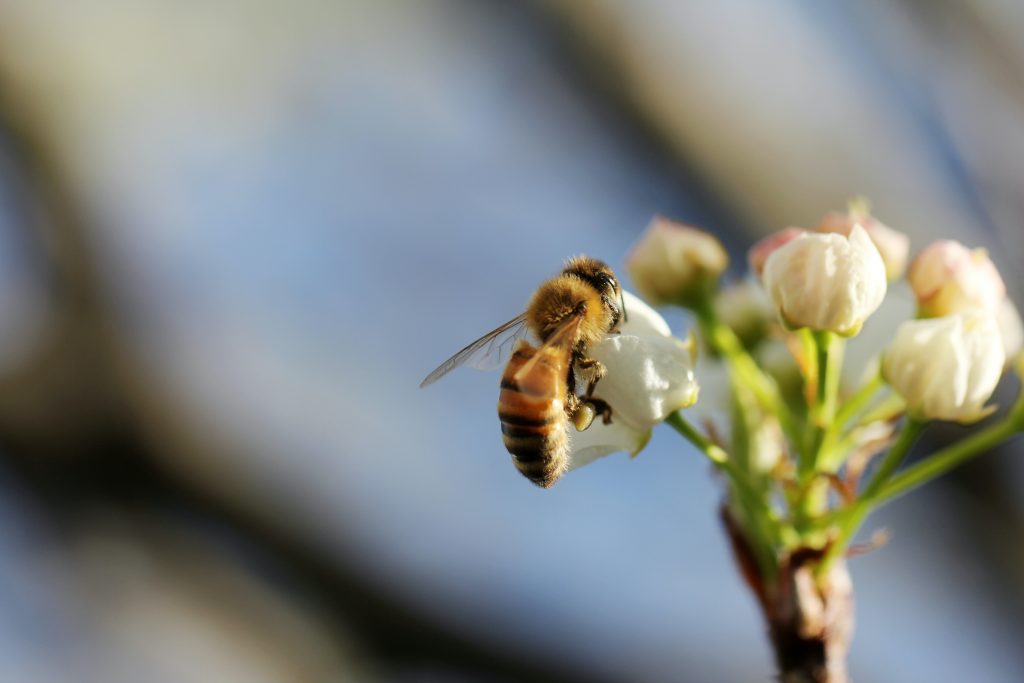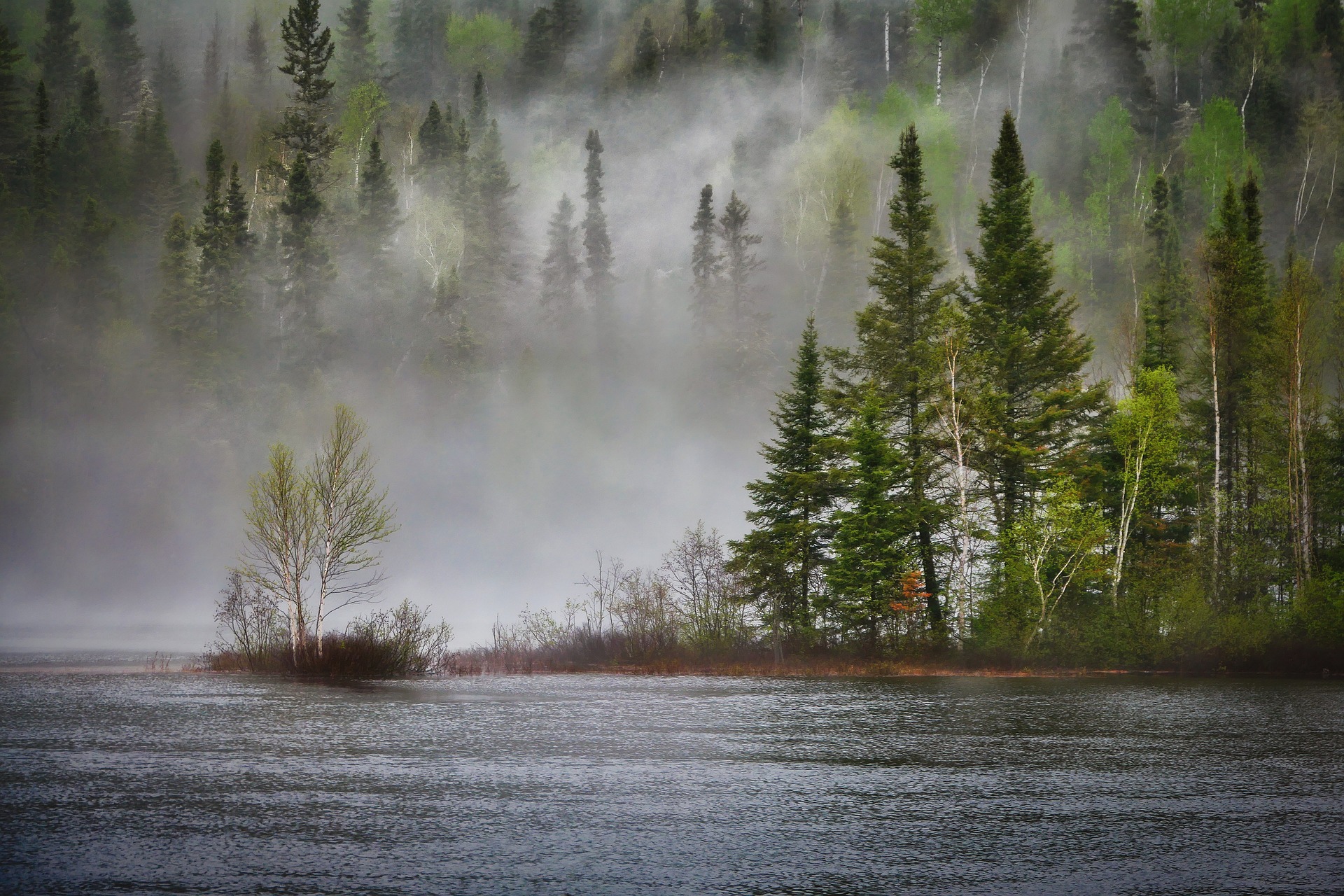The natural world around us is the source of all life on this planet. It is the web of life that sustains us, providing us with clean air, water, food, and shelter. However, the ecosystems that support life are in peril. A recent study has shown that we are on the brink of a mass extinction event, similar to the one that wiped out the dinosaurs 66 million years ago. This event could lead to the collapse of entire ecosystems and the loss of countless species.
Table of Contents
ToggleThe Permian-Triassic Mass Extinction
The Permian-Triassic mass extinction, also known as the Great Dying, is the largest extinction event in Earth’s history. It occurred approximately 252 million years ago, wiping out over 90% of all marine species and 70% of all terrestrial vertebrate species. The cause of this mass extinction is still debated, but it is thought to have been triggered by a massive volcanic eruption that released huge amounts of carbon dioxide into the atmosphere, leading to global warming and acidification of the oceans.
The Looming Mass Extinction
The recent study, published in the journal Nature, warns that we are currently facing a mass extinction event that could rival the Permian-Triassic extinction in scale. The study highlights the alarming decline of wildlife populations and the collapse of ecosystems, including coral reefs, forests, and wetlands. The primary drivers of this collapse are human activities, including deforestation, overfishing, pollution, and climate change.
The study found that vertebrate populations have declined by an average of 68% since 1970. This includes a 94% decline in the number of freshwater species, a 72% decline in the number of terrestrial species, and a 40% decline in the number of marine species. The loss of these species not only affects the health of ecosystems but also threatens human livelihoods and well-being.
The Impacts of Ecosystem Collapse
The collapse of ecosystems has far-reaching impacts on the environment and human societies. For example, the loss of pollinators such as bees and butterflies could lead to a decline in food production, as many crops rely on pollination. The loss of coral reefs could result in the loss of fish stocks and coastal protection from storms and erosion. The loss of forests could lead to soil erosion, water scarcity, and the extinction of many plant and animal species.
The consequences of ecosystem collapse also extend to human health. For example, the loss of biodiversity has been linked to the emergence and spread of diseases such as COVID-19, as habitat destruction and wildlife trade bring humans into closer contact with wildlife. Climate change, another driver of ecosystem collapse, is also linked to the spread of diseases such as malaria and dengue fever, as rising temperatures and changing weather patterns create conditions favorable to disease vectors.

The Way Forward
The looming mass extinction event is a call to action for all of us. We must act urgently to protect and restore ecosystems and halt the drivers of ecosystem collapse. This includes reducing greenhouse gas emissions, protecting and restoring forests, wetlands, and other critical habitats, and reducing pollution and overfishing. We must also recognize the value of biodiversity and the services it provides, such as pollination, carbon storage, and water regulation, and work to integrate biodiversity conservation into all sectors of society, including agriculture, urban planning, and infrastructure development.
In conclusion, the looming mass extinction event is a warning that we cannot ignore. It is a stark reminder of our interconnectedness with the natural world and the urgent need to take action to protect and restore it. By working together, we can build a more sustainable and resilient future for all life on this planet.







